Weapons
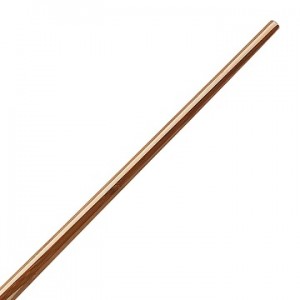
Bo/Kon
Bo/Kon is a weapon in the shape of a long stick generally made of wood (oak, bamboo, etc). They vary in length, weight, flexibility or decoration. It can be so rustic as a branch of a tree or so decorated as a work of art. The standard measure of the Bo is about 180 centimeters. On this style it has an oval form, as if it was a prolongation of the forearm. In Okinawa it took its origin as a weapon from a work instrument of the Kyakusho (farmers), which used it to balance the weighed loads they had to carry in their shoulders.
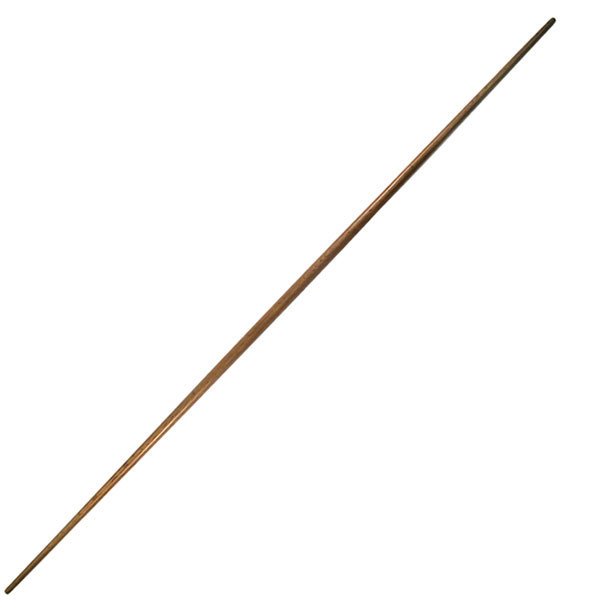
Jo
The Jo is a cane of approximately 1.20 m of length. According to a very spread legend, at the beginning of the 17th century Muso Gonnosuke Katsuyoshi created the Jo after his defeat in a singular combat with the famous Miyamoto Musashi. Katsuyoshi was fighting with a Bo against both Musashi’s katanas. Recognizing the advantage of handling a shorter weapon, Katsuyoshi fought once again later against Musashi and won by means of the use of the new short cane.
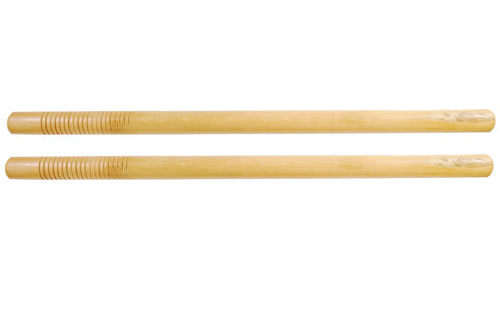
Tanbo
The Tanbo is a short wooden stick of approximately 40 cm. In general it is said that its measure should be the length that covers the forearm exceeding the elbow and standing out of the hand that holds it. The origin of this weapon is confused. For some schools it is a utensil that replaced the Tessen (Fan) or the Jutte in the trainings, and for others it was rather a Tanto (knife), or a Wakizashi (short katana). There is also another hypothesis that says that it comes from the Hana-Neji, a short wooden stick that high-level samurai used to control disobedient horses.
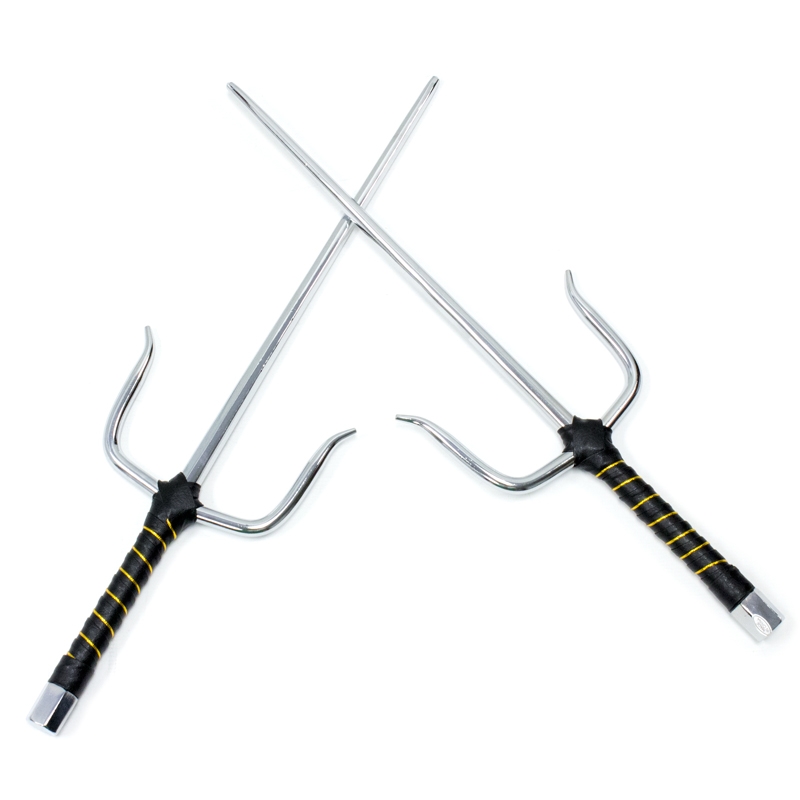
Sai
The Sai is like a dagger without edge but with a sharp top, with two long lateral protections (tsuba) also sharp-pointed, joined to the hilt. It was created from a primitive type of plough and imported from China to Okinawa.
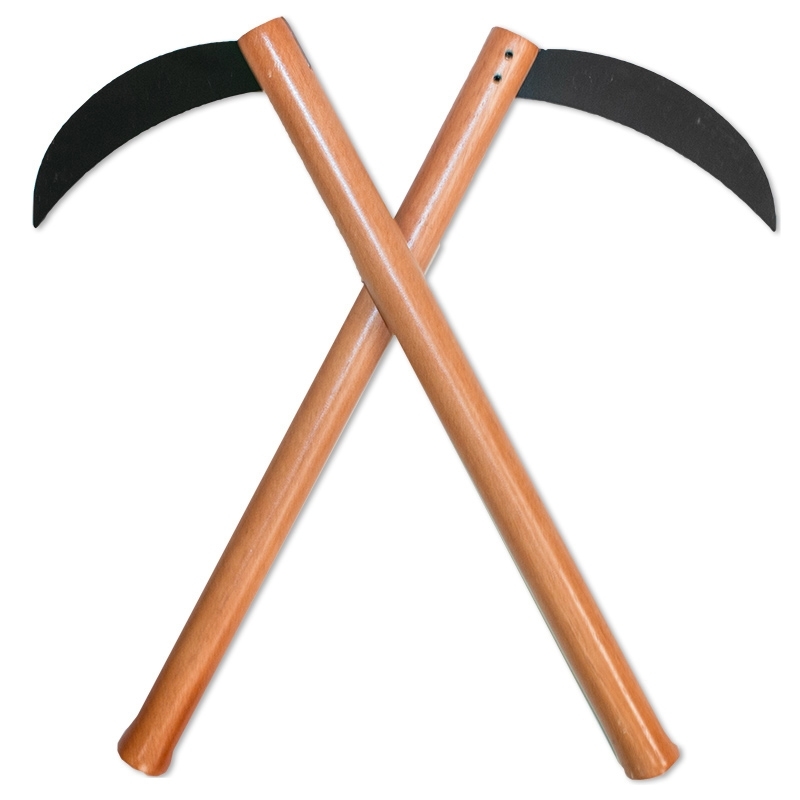
Kama
The Kama is a sickle with a long handle that is used for reaping cereals. The difference with the western sickle is its curvature, which begins in the handle. It was used as a weapon by the farmers in the year 1314, when they rebeled themselves against the oppression of the king Tamagusuku.
